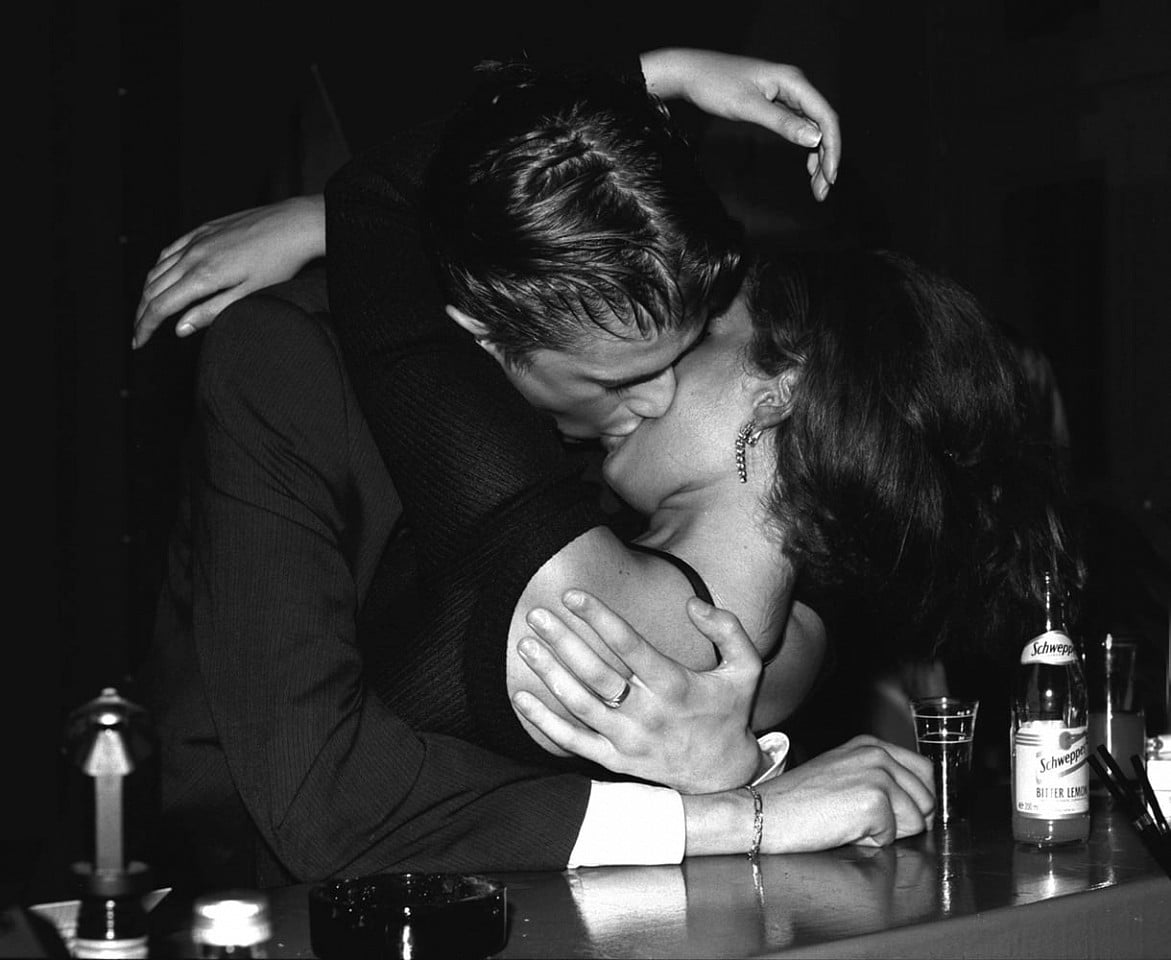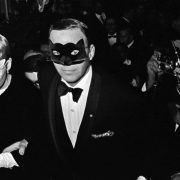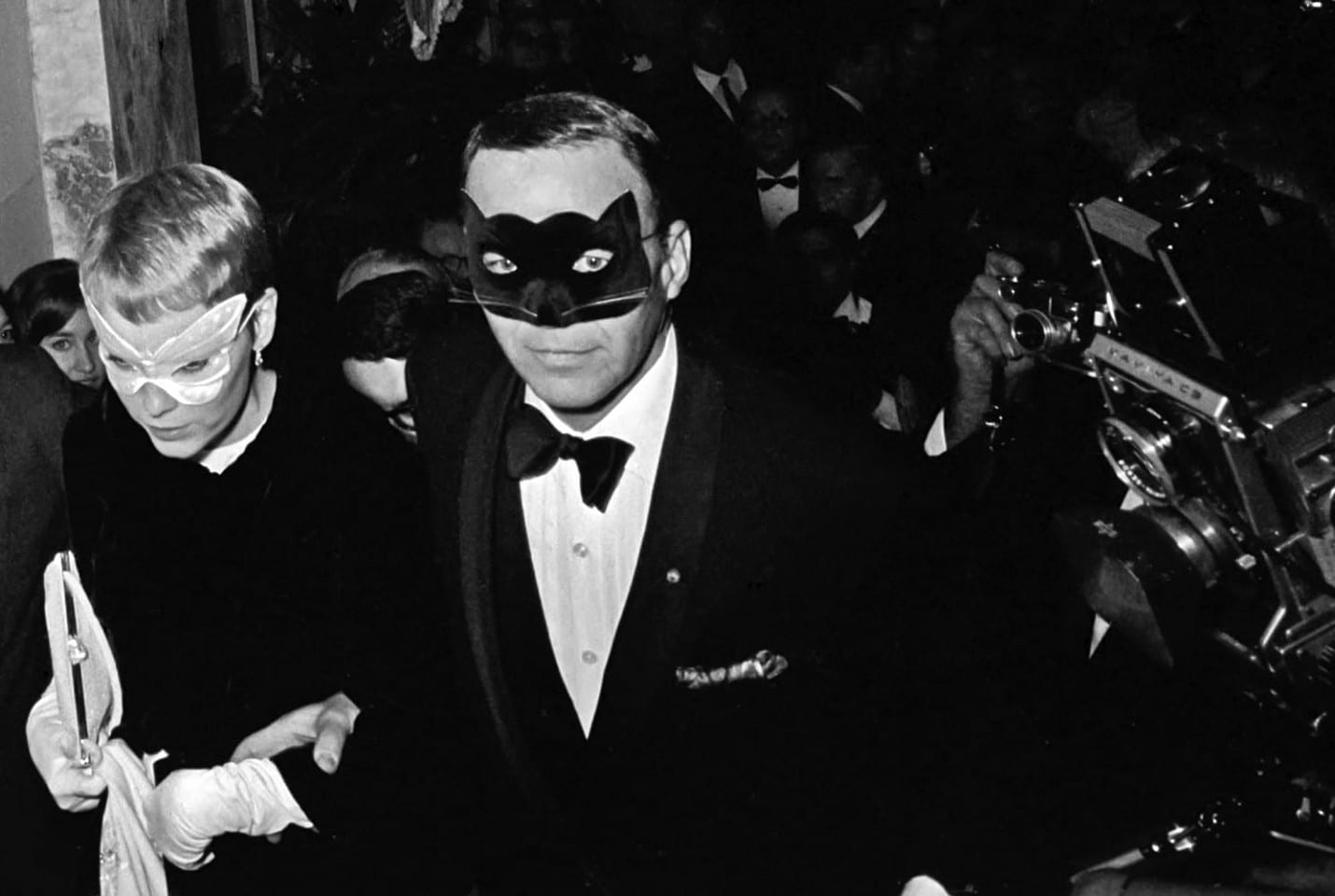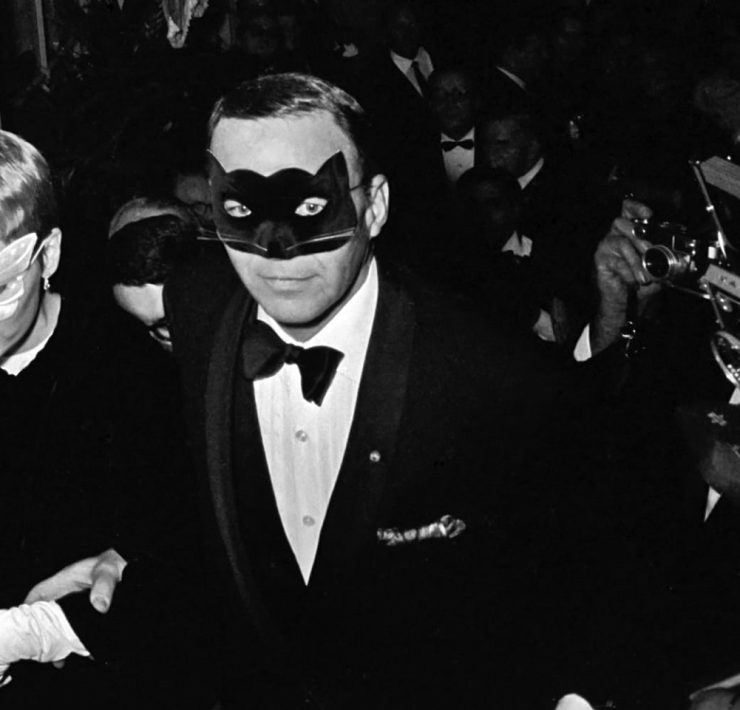Harry Benson: Royalty, Rebels, and Rockstars


Harry Benson: Royalty, Rebels, and Rockstars
An Iconographer of the 20th Century at The Boca Raton Resort
By Gabriel Delgado
In the rarefied air of mid-century photography, few names hold the same resonance as Harry Benson. His lens is equal parts surgical and sympathetic. He has traced the contours of the 20th and 21st centuries with a precision unmatched by most of his contemporaries. Now, in Harry Benson: Royalty, Rebels, and Rockstars, (opening April 17, 2025) Sponder Gallery offers a revelatory selection of Benson’s most iconic and intimate black-and-white photographs, exhibited in the chic and storied interiors of The Boca Raton’s Living Room | Beachside.
The exhibition, on view through Spring 2026, is more than a celebration of Benson’s career; it is a visual anthropology of power, intimacy, and transformation. Each photograph here is not merely a record of a cultural icon but a rupture in time; an era-moment-glance where the mythos of celebrity, politics, and personal ritual converge.
Born in Glasgow, Scotland in 1929, Benson came of age during an era when photojournalism was not just reportage, it was more of a cultural authorship. His early training at the Daily Sketch prepared him for the unflinching speed and ethical ambiguities of documentary photography. But it was his 1964 assignment to photograph The Beatles in Paris (and later, on their first U.S. tour) that skyrocketed him into the stratosphere of visual history. The infamous “pillow fight” photo taken at the George V Hotel marked a new form of candid celebrity photography: playful, immediate, and deeply human.
Unlike his photographic contemporaries, Benson’s genius lies in a paradox. He is ever-present but never imposing. His camera does not dramatize.
It listens.
It records.
It captures.
It is adores.
An exhibition highlight undoubtedly is Frank Sinatra and Mia Farrow at Truman Capote’s Black and White Ball, 1966, a photograph that captures a moment steeped in mid-century actor/ actress mythology by presenting the masked Frank Sinatra and a very strikingly young Mia Farrow, arm in arm. A young pixie-cut Mia Farrow, just 21, arrives hurriedly with her new husband, the legendary Frank Sinatra, (30 years her senior) at the infamous Truman Capote decadent Black and White Ball, (as the title alludes to) happened on November 28, 1966. It’s a generational and iconic snapshot of glamour, gossip, and the golden age of scandal. Farrow had just starred in Peyton Place and would soon become a Hollywood darling with Rosemary’s Baby, while Sinatra was at the apex of his crooner empire. Their relationship, fraught with generational tension and celebrity voyeurism, finds perfect expression here. An image shrouded in elegance and ambiguity. The symbolism of the masks extends beyond the literal as they embody the performative roles that fame demands and the veiled emotions behind public appearances.
Photographically, the composition is textbook Benson, noir-like in its chiaroscuro lighting, immediate in its press-style flash, and composed with cinematic tension. The anonymous swirl of photographers and tuxedos in the background reminds us that even amid spectacle, Benson isolates character(s), always hunting the moment where projected myth and the empathetic mortal collide. Executed to a “T”.
Another example of his photographic genius is Dolly Parton, Nashville, c. 1970s.
In this masterwork of silhouette and seduction, Benson captures Dolly Parton applying lipstick before a mirror. The photograph is one of quiet power. The seductive and exaggerated curves of her form; cleavage with an innocent country girl body complete with an air of Anti-Jolene vibes are iconic in their own right. Here, the mirror is a portal of transformation, an approachable superstar, stripped of vanity and steeped in revelation.The interplay of backlighting and bodily contour renders her both monumental and fleeting. In critical terms, this is a photograph of self-fashioning. It speaks to the labor behind the persona, the performative rehearsal of femininity, and the cultural scaffolding that surrounds women in the entertainment industry. If philosopher and gender theorist, Judith Butler argued that gender is performative, Benson’s Dolly is the rehearsal before the curtain rises.
Now, Berlin Kiss, c. 1990s, thai authors favorite of the exhibition, is among Benson’s most sensual images. Berlin Kiss thrusts us into a world of passion. A fevered embrace unfolds beneath the pulsing glow of neon, where shadow and light dance across the curves of two lovers pressed dangerously close. Their kiss is primal and hungry, electric and dripping with desire. Arms wrap tightly, urgently, around necks. Do their fingers dig into slick skin?…Tracing the heat of wants and needs… Sweat starts to bead and glisten like liquid fire; the scent of lust, passion, and even LOVE is thick in the air. Lips crash and melt together in a breathless tangle, forming a soul-deep seal. This KISS is an erotic vacuum that pulls them beyond the world and into each other in an eternal embrace for all to envy.
What makes this image so powerful is not merely its eroticism, but its psychological immediacy. It makes me recall the contemporary images of Nan Goldin while knowing in today’s contemporary uploads, this instagrammable moment is so much better than the quasi-shock value of Larry Clark’s “KIDS” The photo feels uninvited and yet entirely earned. A hallmark of Benson’s career, he does not objectify his subjects, but lets them reveal themselves in their unique and human emotions.
While many photographers of celebrity traffic in spectacle or scandal, Benson practices restraint. His black-and-white compositions, while rooted in the traditions of reportage, are elevated by their sensitivity to gesture, psychological nuance, and the unguarded moment.
In an era when image saturation has rendered so much of modern media hollow, Harry Benson: Royalty, Rebels, and Rockstars returns us to the photograph as an artifact; an image is something that not only shows but tells. His work is a visual archive of fame, yes, but also a treatise on human vulnerability, cultural transition, and the iconographies that shape modern life.
It is no accident that this exhibition is hosted at The Boca Raton. The resort, with its legacy of Art Deco charm and contemporary renaissance, mirrors Benson’s own visual project: classic yet current, opulent yet approachable. Like Benson’s photographs, the space fuses nostalgia with now.
To call Harry Benson a photographer is to understate his cultural role. He is a witness, a chronicler, and at times, a visual philosopher. Through Royalty, Rebels, and Rockstars, we are reminded not only of the faces that have shaped our world, but of the eye that saw them first.
Sponder Gallery, long regarded as one of South Florida’s premier contemporary galleries, has again demonstrated its sophisticated depth. The exhibition is more than a show; it is a meditation on modernity, one flashbulb at a time.
Harry Benson: Royalty, Rebels & Rockstars, curated by Sponder Gallery at The Boca Raton, opens at a moment of heightened national interest in Benson’s legacy, sparked in part by his concurrent exhibition in Washington, D.C. Located next to Capital One Arena at 707–709 7th Street NW, the expansive, 10,000-square-foot gallery features more than 150 of Benson’s most iconic photographs, including portraits of every U.S. president since Dwight Eisenhower, Muhammad Ali, The Beatles’ U.S. arrival, and defining scenes from the civil rights movement. This national spotlight has reignited public fascination with Benson’s work, making the Boca Raton presentation particularly well-timed. Through a more intimate, lifestyle-oriented lens, Sponder Gallery offers South Florida audiences a fresh and nuanced perspective on the legendary photojournalist, while simultaneously benefiting from the momentum of Benson’s renewed cultural relevance.
Harry Benson: Royalty, Rebels, and Rockstars
On View: Through Spring 2026
Location: The Living Room, The Boca Raton (exclusive to Club Members & Hotel Guests) Curated by: Sponder Gallery
Private Tours & Collector Viewings: Available by request
Contact: info@spondergallery.com
Image Credits:
Harry Benson, Berlin Kiss, edition 27/35, 1996 Archival Pigment Photograph, 36” x 41.5
Harry Benson, Frank Sinatra and Mia Farrow Truman Capote Ball; edition 24/35, 1966 Archival Pigment Photograph, 14 3/4 x 22 1/4






